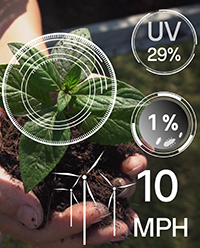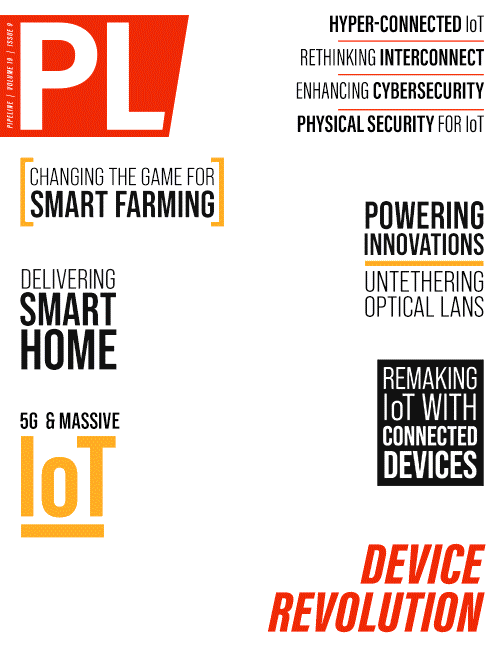Satellite Connectivity: A Game-Changer
for Smart Farming
By: Joel Schroeder

Enabling Agriculture 4.0 with Satellite
Agricultural practices are largely the same today as they were in the 1970s. Back then, farmers oversaw the industrial agricultural revolution that brought high-yield crops, hybrid seed varieties, synthetic fertilizers, pesticides, and other mechanical infrastructures. The challenges farmers are facing today make the techniques of yesteryear obsolete. Issues like decreasing margins, increasingly complex regulatory requirements, greater scrutiny from consumers, growing complexity of machinery, and changing weather patterns that are increasing the incidence of droughts and extreme storms weigh on the minds of farmers looking to meet the yield needs of their customers.
We are now in the midst of another agricultural revolution to utilize connected technologies to help farmers make more informed decisions and optimize their operations through the collection and analysis of a myriad of data points on crops, conditions, and equipment. Perhaps the most game-changing of these digital innovations is connected heavy equipment, which allows farmers to control their large machinery, like tractors, remotely, as well as receive and transmit critical data on equipment performance. This cuts down on the hours required in the field, allowing the farmer to save money on staff and focus on improving yields.
Connected smart farms that employ “precision farming” require robust connectivity solutions to stream data from equipment to the cloud. There are over 570 million farms globally, many of which are located in rural locations with poor or spotty access to traditional connectivity solutions. Satellite communications are giving farm owners, regardless of their location, the reliable connectivity needed to adopt connected equipment and bring on the next great agricultural revolution.
The Rise of Heavy Equipment for Precision Agriculture
Farms rely on large equipment for most of their operations, including cultivation, irrigation, harvesting, planting, and spraying pesticide and nutrients. Much of a farmer’s time is spent manning equipment out in the field—often for over 12 hours a day—but new connected solutions can change that. Heavy equipment for agriculture is now being constructed with sensors built in and connectivity on board, allowing the farmer to remotely optimize and troubleshoot machinery while receiving real-time data inputs on the health of their equipment and crops. Already, semi-autonomous equipment gives farmers more freedom and this will be enhanced as they move towards fully autonomous equipment. Also, data transmission enables the monitoring of the machine health to reduce downtime and perform preventive maintenance, while remote repair can be operated. For farmers, this is the assurance of the optimal performance of their equipment at all times.
Harbor Research forecasts that the heavy equipment and machinery market for agriculture will reach nearly $10 billion this year, growing to more than $26 billion in 2030. Just over 37% of the farms in the U.S. had connected equipment last year and Harbor expects that to grow to more than 70% by 2030.
Companies like John Deere are leading the connected machinery market with products like their satellite gateway, which offers onboard telematics to monitor, control, and repair machinery remotely. John Deere’s Precision Ag suite of tools includes data dashboards to monitor, analyze, and share data from anywhere. At the Consumer Electronic Show (CES) in 2022, John Deere released the 8R, its first autonomous tractor. Connected and autonomous agricultural equipment will lead to more precise operations, more effective irrigation and reduced labor costs as farmers spend less time in the field and require less labor. Farmers will have more time to focus on real-time data rather than operating machinery. Data insights will allow



















